Story and Photos by ITN European Reporter Herve’ Rebollo.
Salut à vous riders from all over the world,
This time, the idea was having a little roundtrip of 600km (375 miles) with my blonde …
And above all, the idea was to discover two very old ruined castles and to sleep in a third like a knight of the road.
Ok, let’s hit the road again, direction the little city of LA FERTÉ-MILON! It’s a commune in the Aisne department in, northern France. La Ferté-Milon is situated on the river Ourcq, has rail connections to Meaux and Paris.
In La Ferté-Milon stand the ruins of an unfinished castle, whose façade was 200 m long and 38 m high.
The singular form of the tower walls was probably designed to resist cannons and protect the gate.
The façade is preceded by a moat.
On the right is a square tower of which two bare walls remain.
The top of the ramparts is adorned with machicolation.
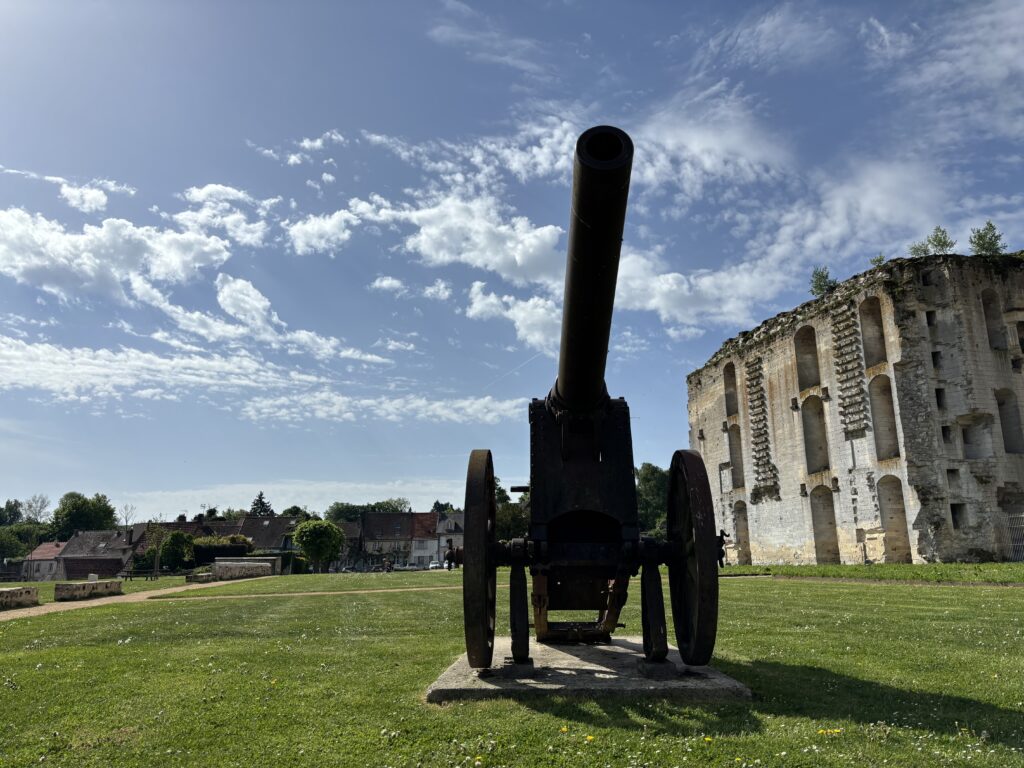 Behind the ramparts, two 160 mm cannons from 1909 sit facing towards the valley.
Behind the ramparts, two 160 mm cannons from 1909 sit facing towards the valley.
One is annotated in Russian with the number 5085.
Founded in the late 14th century but never completed because of the assassination of the Duke of Orleans in 1407, La Ferté-Milon Castle has some interesting remains, like its impressive façade with window holes, portcullis towers and low reliefs, a particularly remarkable example of which illustrates the Coronation of the Virgin.
We also take advantage of our visit to admire the view of the Ourcq Valley from the castle esplanade… We stayed here for almost an hour, under a magnificient sun, immersed in the history of France. And of course, we were not the lone bikers making a stop on that place.
It was time to go again. Direction a WWI memorial. There are countless monuments to the Great War in France, but Paul Landowski’s “Les Fantômes” is unlike any other. It’s maybe the eeriest war memorial you will ever behold. Les Fantômes, a sculpture on the Butte Chalmont near Oulchy-le-Château in the Aisne, is one of the major works of Paul Landowski, a French sculptor of Polish descent (1875-1961). It stands on the exact spot where the outcome of the Second Battle of the Marne was decided in 1918.
The Second Battle of the Marne was the last great German offensive of the First World War. Launched by the German General Ludendorff, it was designed to create a diversion and keep French troops away from the front in Flanders where he intended to mount his decisive attack. But General Foch saw through this tactic and the Germans were faced with unexpectedly strong resistance and French counter-offensives. German troops crossed the Marne in several places but made very little progress. British, American and Italian units helped the French defence.
On 18th July the Allies launched a major counter-offensive, taking the Germans by surprise. Three days later the Allies crossed the Marne and the Germans were forced to retreat to their earlier lines. This surprise counter-attack of 18th July 1918 was a turning point in the war. The memorial on the Butte Chalmont marks the plain which was the departure point for the attack by thousands of allied soldiers (Italian, British, American and French). The breakthrough succeeded on 25th and 26th July, splitting the German operation apart and putting the invaders to flight.
The sculpture represents seven soldiers with different weapons and, in their midst, a naked youth, a martyred hero, rising up into the air. He symbolises the suffering of mankind plunged into war. Les Fantômes were sculpted in pink granite (their creator’s “eternal stone”) and unveiled in 1935 by President Lebrun. Below the site, a statue of France, which is also by Landowski, carries a shield bearing the symbolic figures of “Liberté, Egalité and Fraternité”.
Lost in the middle of… nowhere.
Born in Paris to a French mother and a Polish immigrant father, Landowski was 39 years old when his unit, the 132nd Régiment d’Infanterie, was mobilized on August 6, 1914, at the very start of the Great War. He spent four years at the front, was awarded a Croix de Guerre in 1917, and somehow managed to survive. After he was discharged on January 9, 1919, Landowski returned to his home and to work, but he couldn’t seem to forget, or even to distract himself much. What haunted him most was the sight of so many dead poilus—French soldiers—piled up in trenches, stacked in mass graves. Though the trenches were now empty and the graves filled in, he could not get away from those images, the bodies, the faces. So he decided to work with them.
Landowski was a sculptor. Today he’s best known for Christ the Redeemer, that enormous 1931 art deco statue of Jesus that you see in just about every photo of Rio de Janeiro, but he was already a celebrated artist well before the start of the First World War. In 1920, when he was asked to create a memorial to those killed in the Second Battle of the Marne, he immediately thought of those images, those bodies, those faces. He knew that they haunted millions of other people, too, and that even those who had never seen such things—who had never gotten close to the front—were haunted by the vacant bedroom, the unfilled seat at the dinner table, the framed photo next to the polished shell casing on the mantelpiece. France was filled with emptiness. The only way to exorcise it, Landowski determined, was to acknowledge it.
He worked in granite, not marble or terra cotta. It took him 15 years to create eight figures, each standing in for roughly 170,000 poilus killed. They huddle together, eight towering stone men around 25 feet tall, arms hanging down, heads listing forward or to one side, eyes neither open nor closed. A Lebel rifle rests against one; another cradles a machine gun to his chest.
The figure next to him carries two sacks full of grenades. Another rests his fingertips on a pick handle. A couple of them still wear their packs. Seven are in uniform; one appears to be naked. They are dead, but alive, but dead. Gone, to be sure, but definitely still right here. He called them Les Fantômes—the phantoms.
Amazing, right?!?!? Ok, it was was noon and we needed a little lightness. Perfect, it was aperitif time. Direction le Bistrot du circuit in the beautiful village of GEUX (see: https://irontradernews.com/november-ride-to-the-ghost-circuit/).
And of course, after a very good Italian meal, a real treat in the earth of Champagne County (lol-the owner of the restaurant has Italian origins), it was time to hit the road again, crossing the ghost circuit
to make a traditional obligatory stop at the local Harley Davison dealership in REIMS to take some pix as usual. 
Before our final destination, the FERE-EN-TARDENOIS castle, we decided to make a stop at the historic roundabout of the TANKS. To take more pictures.
The idea was always to remain deeply rooted in the local history and the great history of France and to enrich our culture.
And now, let’s discover the next castle and its marvelous five stars hotel!
The Château de Fère-en-Tardenois is a ruined castle in the commune of Fère-en-Tardenois in the Aisne department of France.
Construction of the original castle began in 1206.
Little of that remains today. It had seven towers on an enormous artificial motte whose slopes were covered in slabs of sandstone and served as a model for numerous other castles.
In 1555, he enlarged it with the addition of the famous Renaissance bridge carrying a covered gallery.
Ownership of the castle is shared by the department and a private company.
It is open to the public. The Château de Fère-en-Tardenois has been listed since 1862 as a monument historique by the French Ministry of Culture.
And the hotel in front of the ruins of the old castel is simply fabulous …
The Château de Fère hotel a historic family-owned hotel just 75 minutes from Paris and at the gateway to the Champagne region. It offers a perfect blend of timeless elegance and modern luxury, surrounded by natural beauty and rich history.
The château features an indoor spa, as well as both indoor and outdoor pools, providing a serene retreat for relaxation.
Have ever you slept in a real castle?
A short distance from Paris and the Champagne vineyards.
And then it was time for dinner …let the magic happen.
On the terrace, right in front of the old castle.
And when night came, it was the perfect time for a little walk along the ruins.
And after a very good night’s sleep and a good breakfast, it was time to leave.
Riding only on (very) narrow roads, we were lucky enough to have a coffe break in a village with a wonderful name: « Listen if it rain ». Incredible and so nice.
If you feel you have the soul of a knight, come to me, I have the castle that suits you, we’ll enjoy the road together.
See ya soon on the road, who know?!?
Hervé, your French biker friend





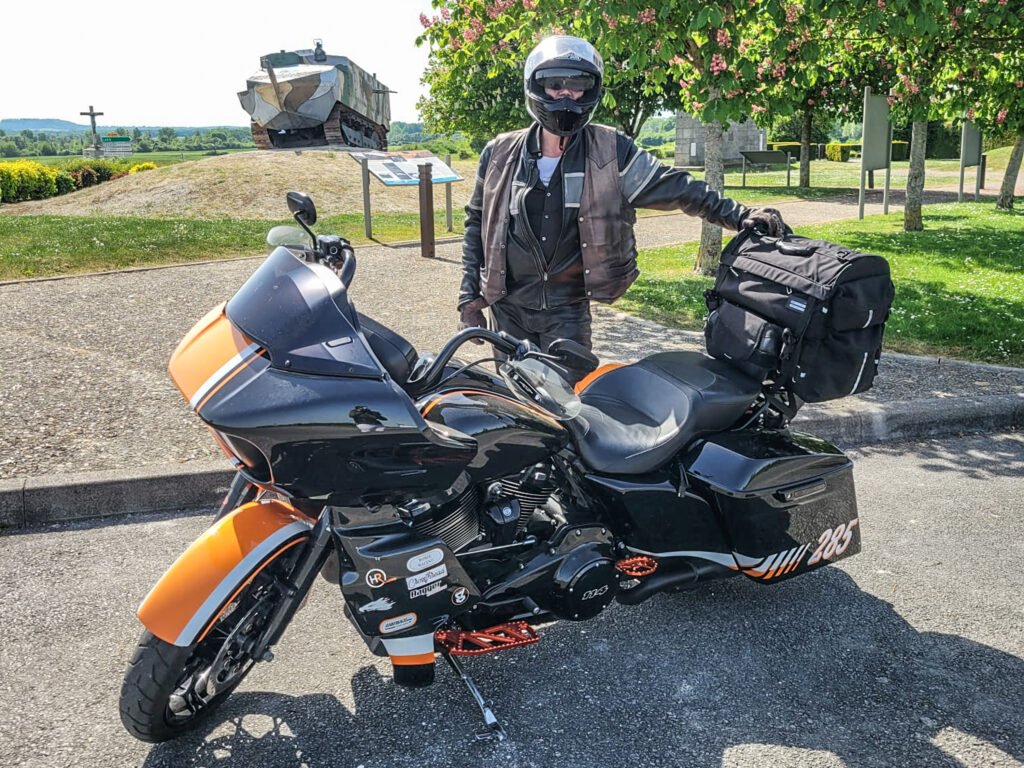
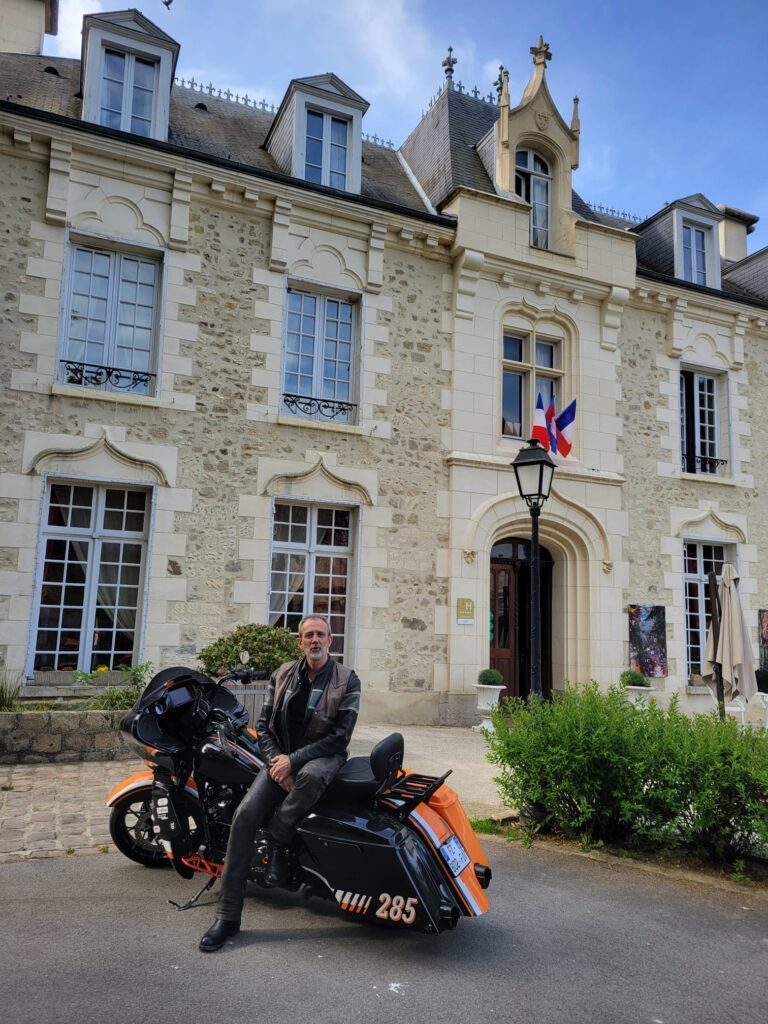
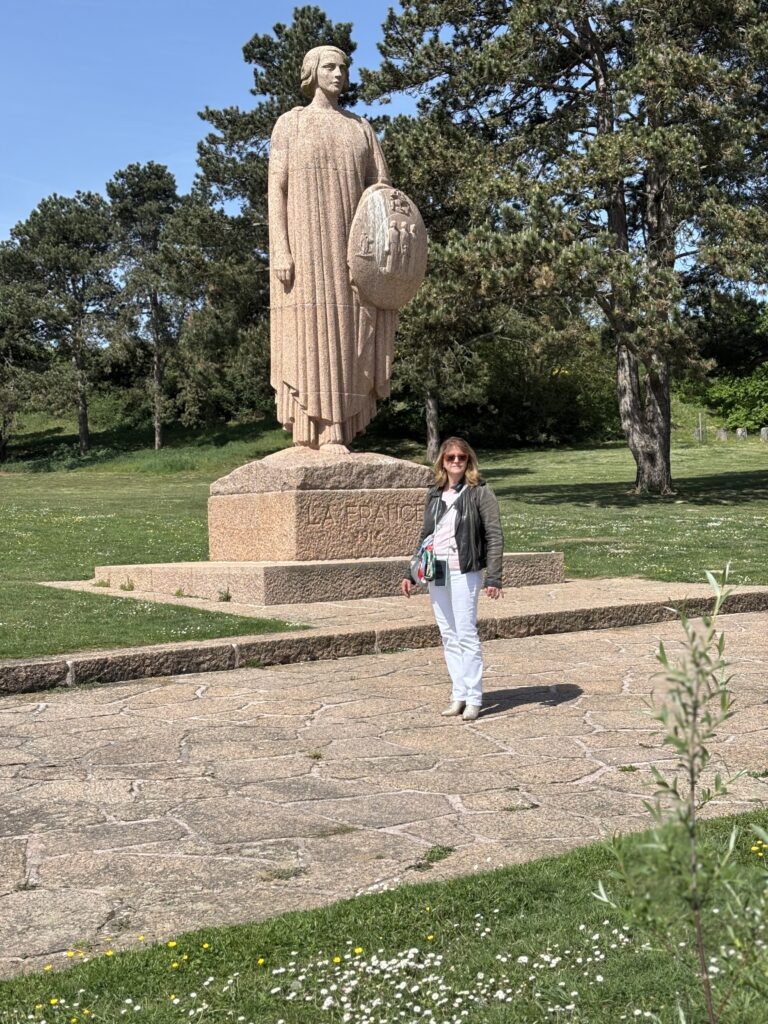
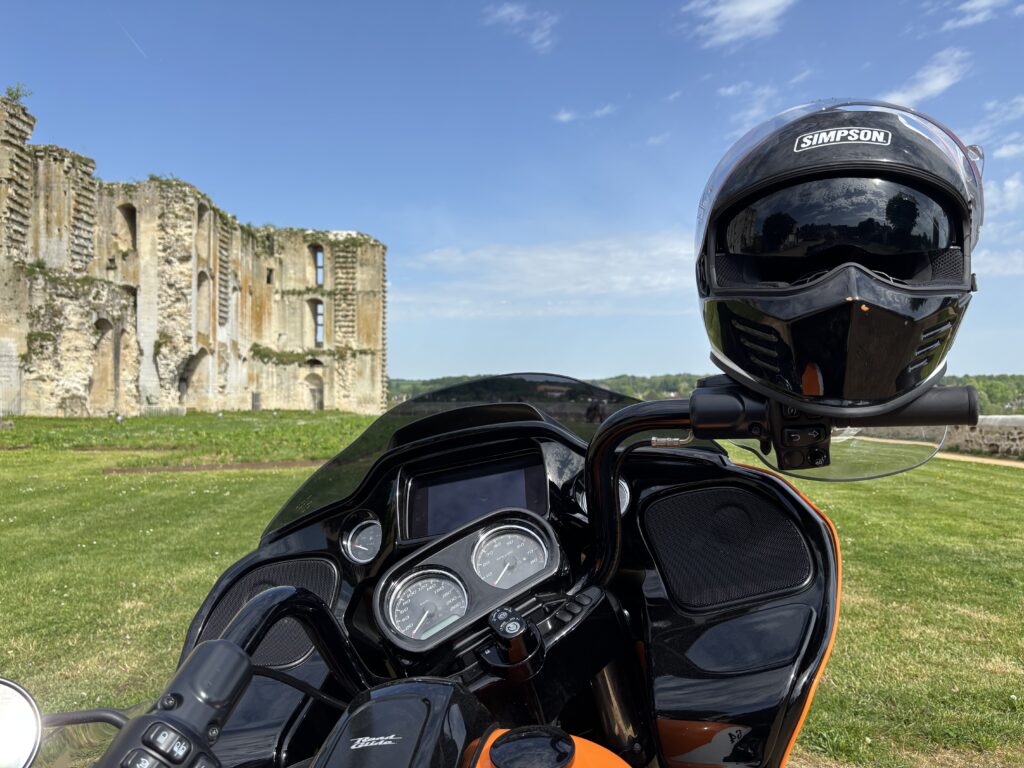
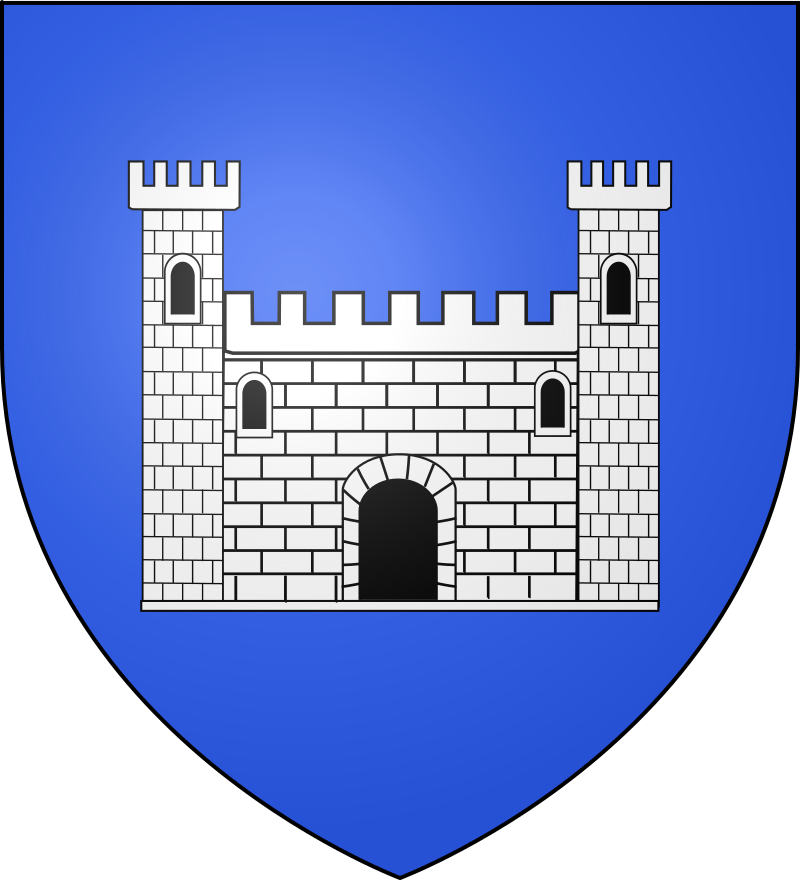
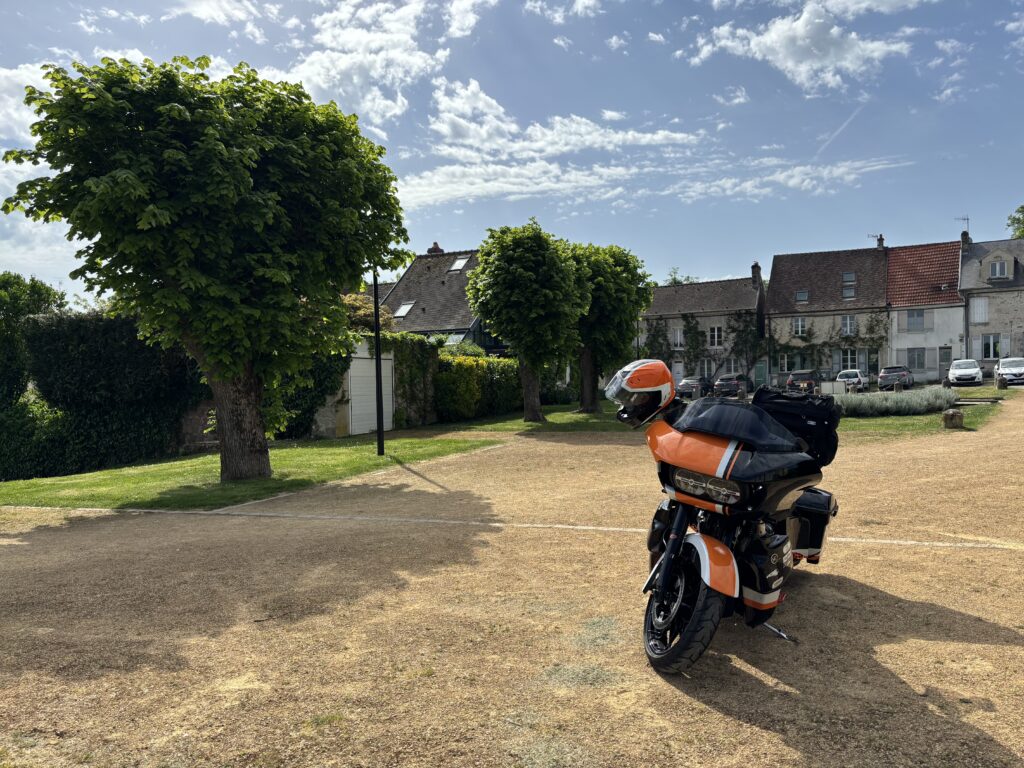
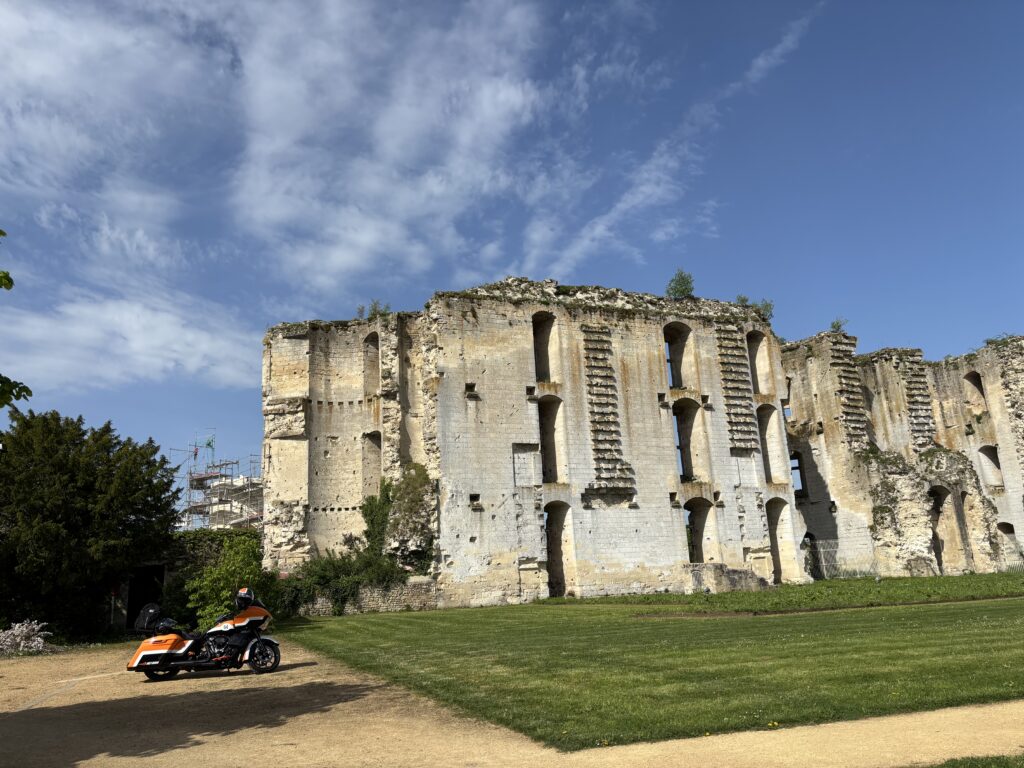
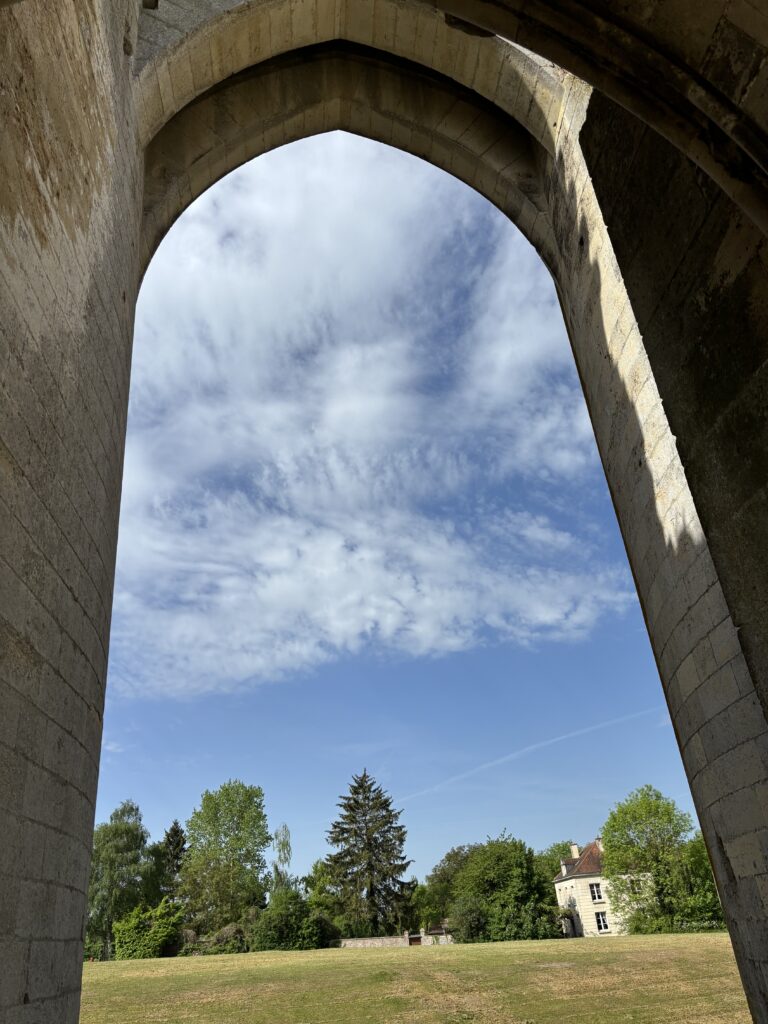
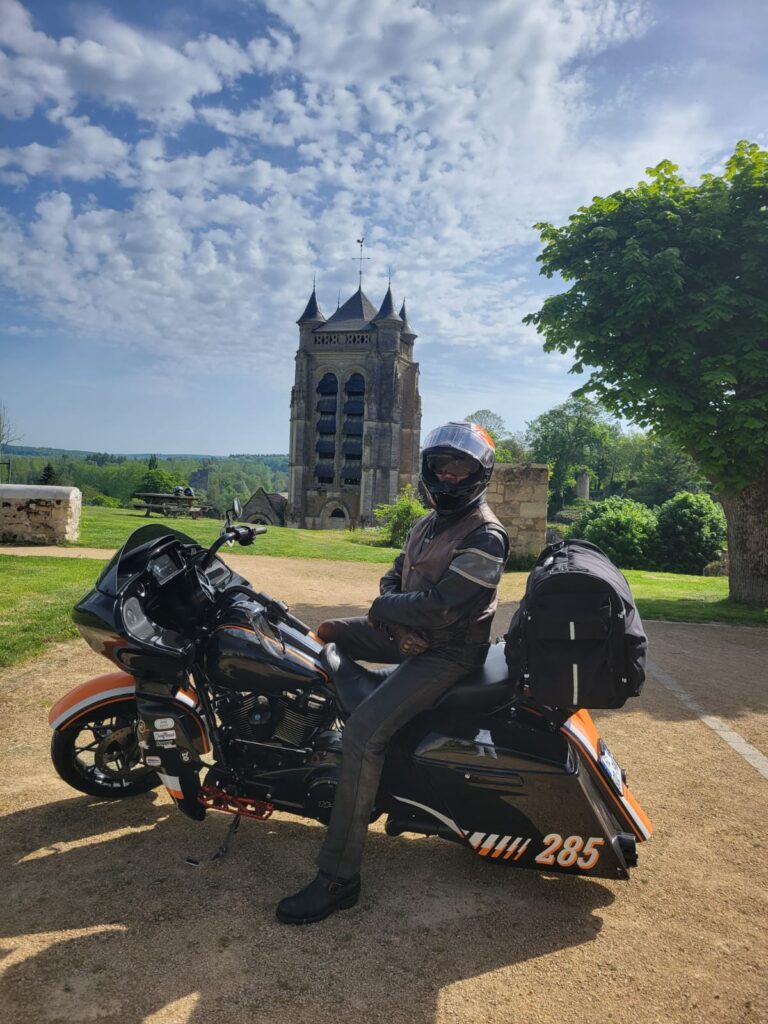

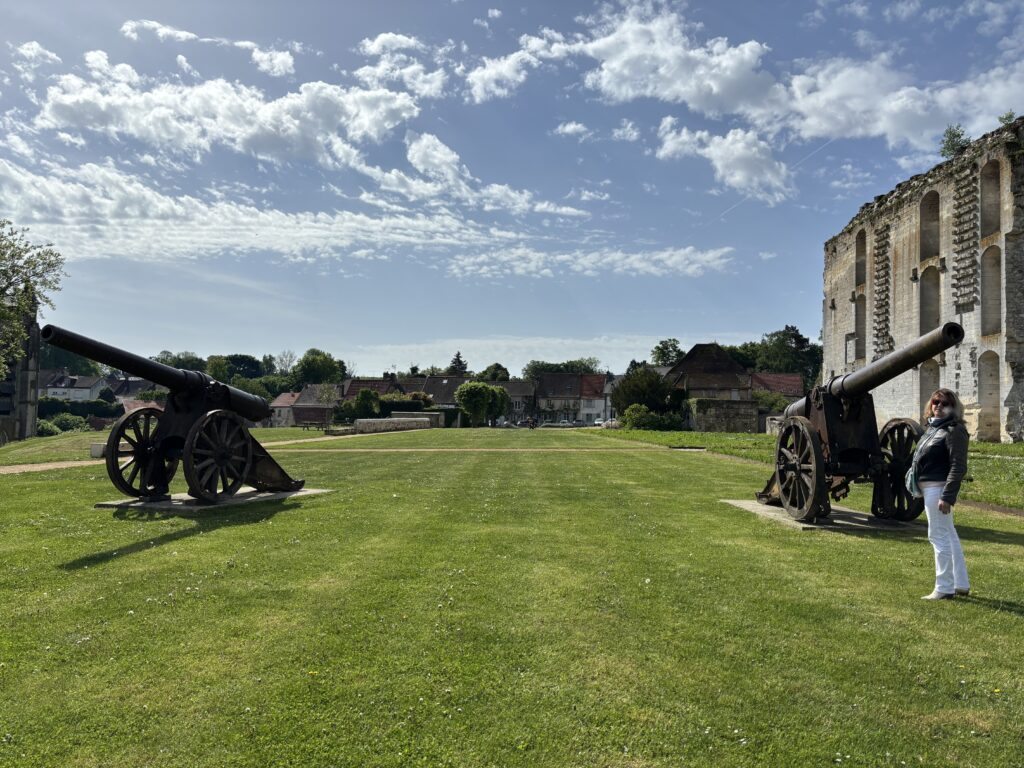
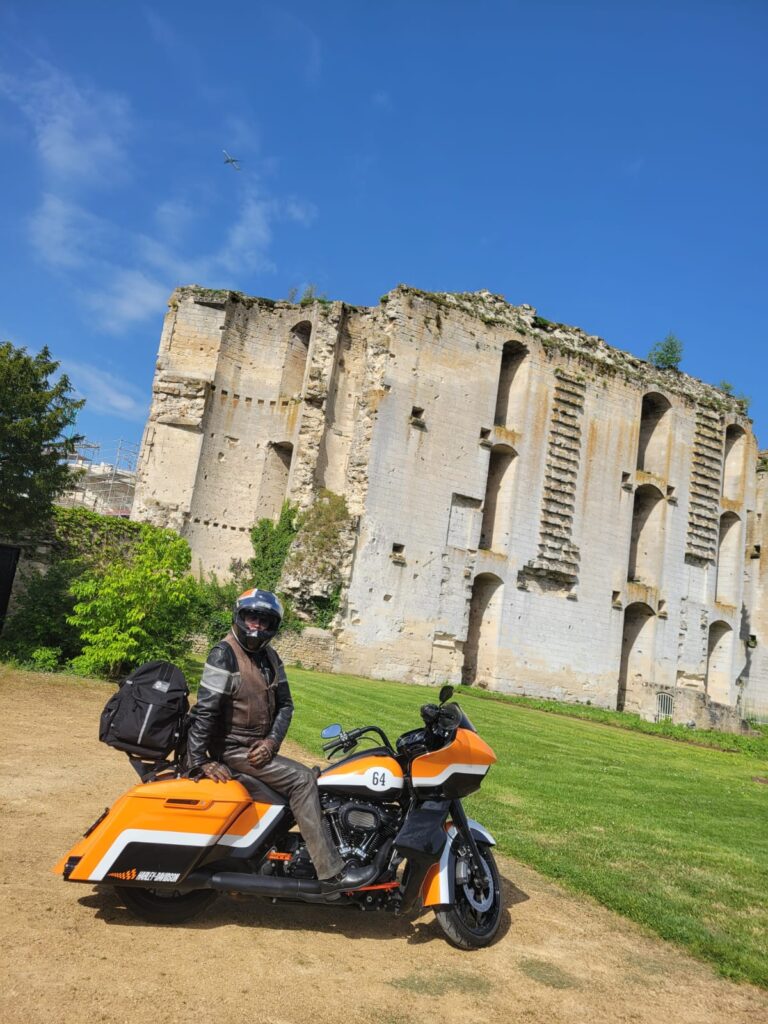
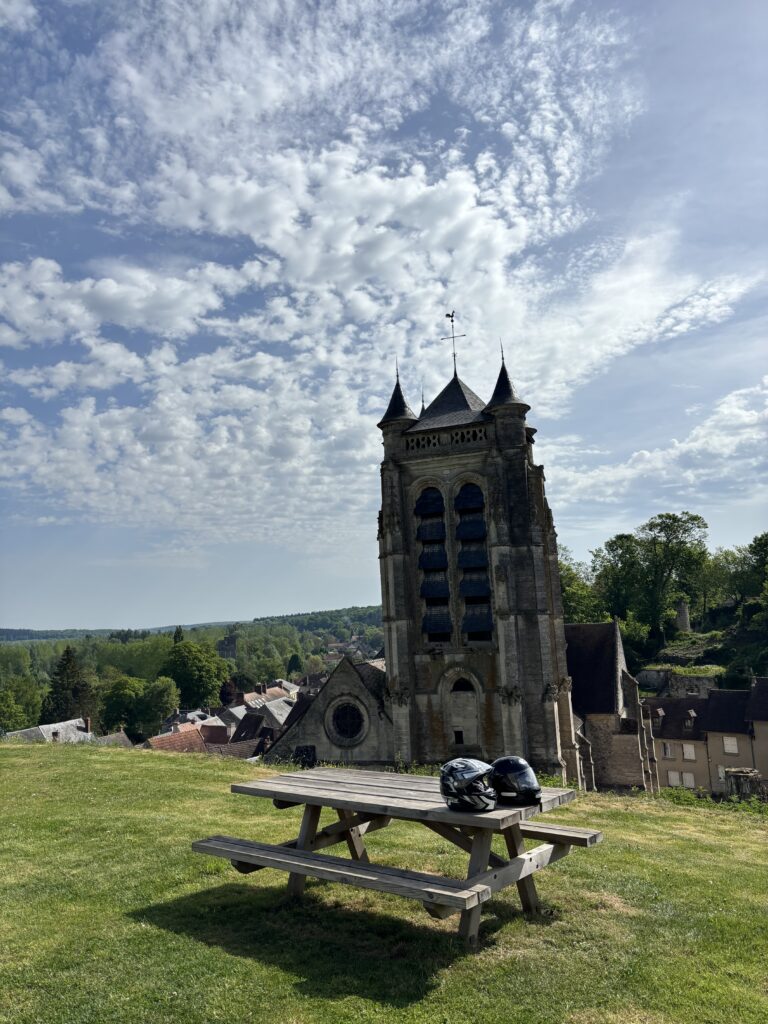

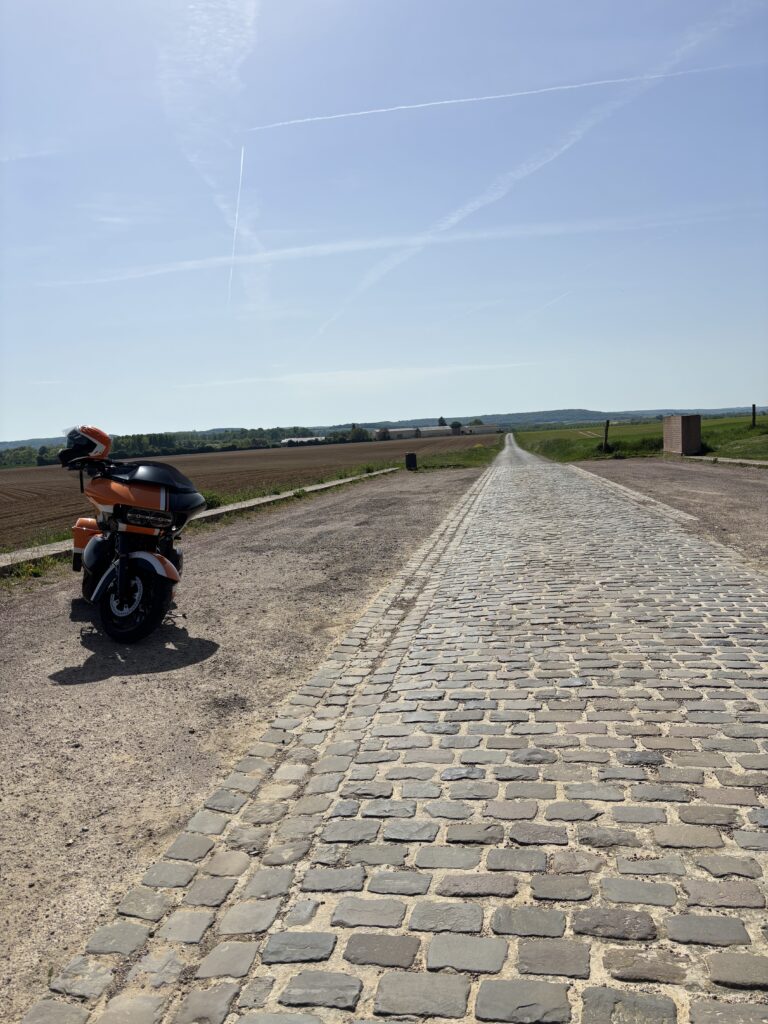
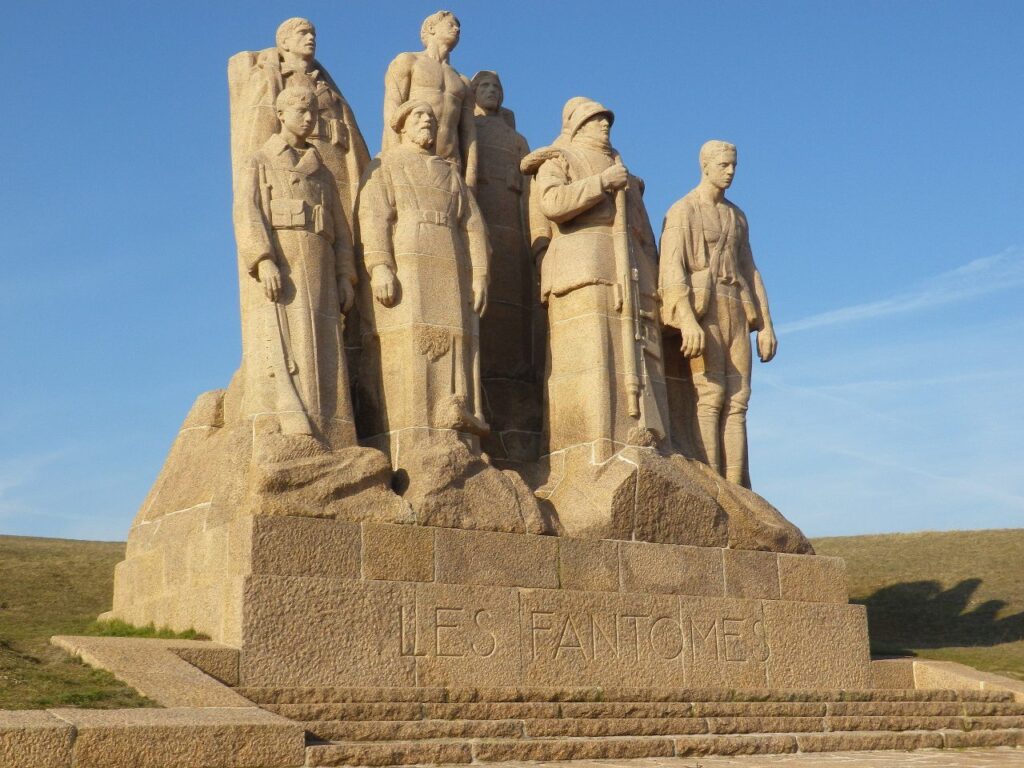
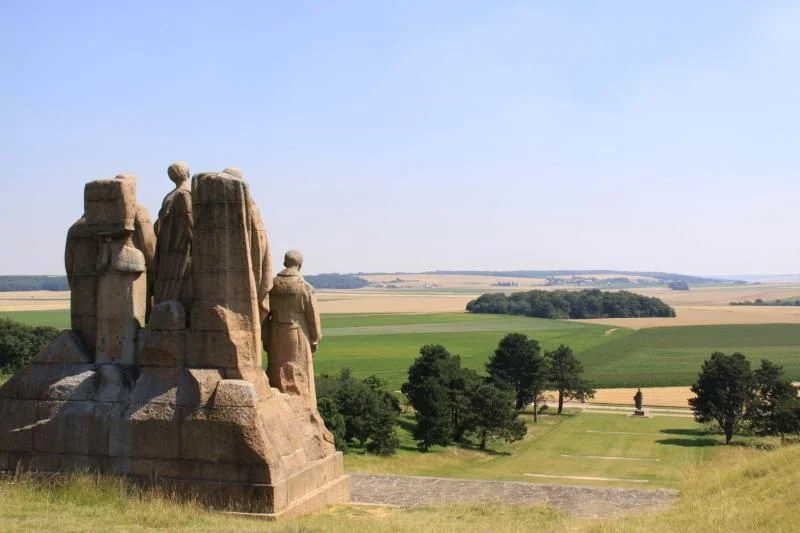
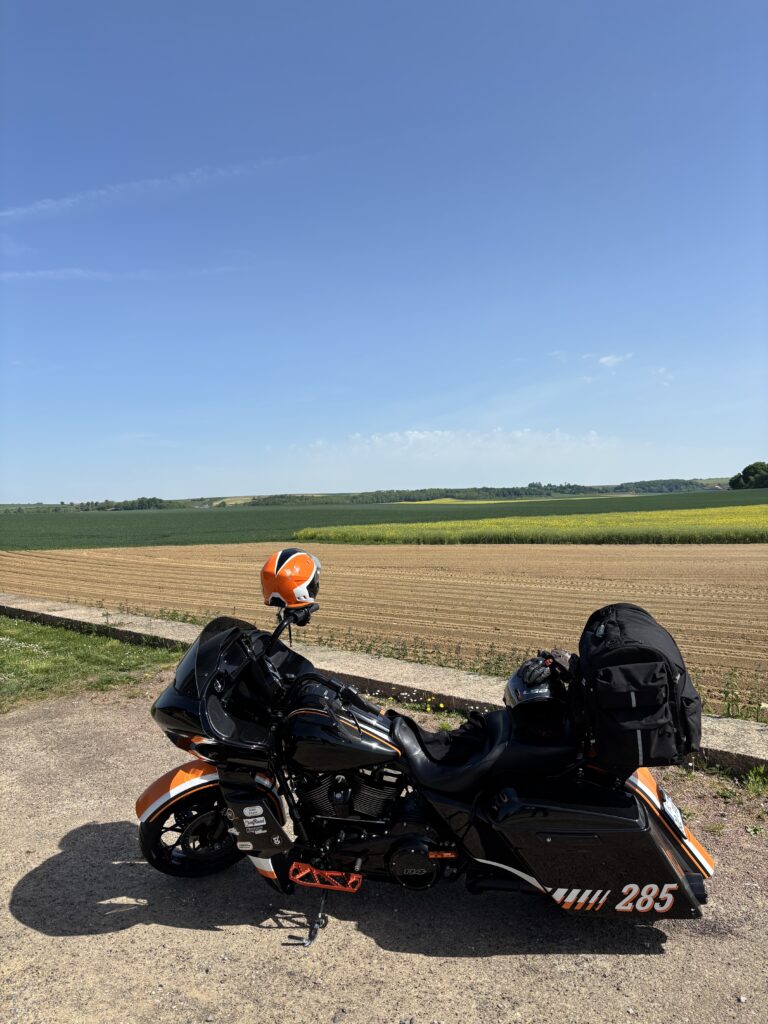
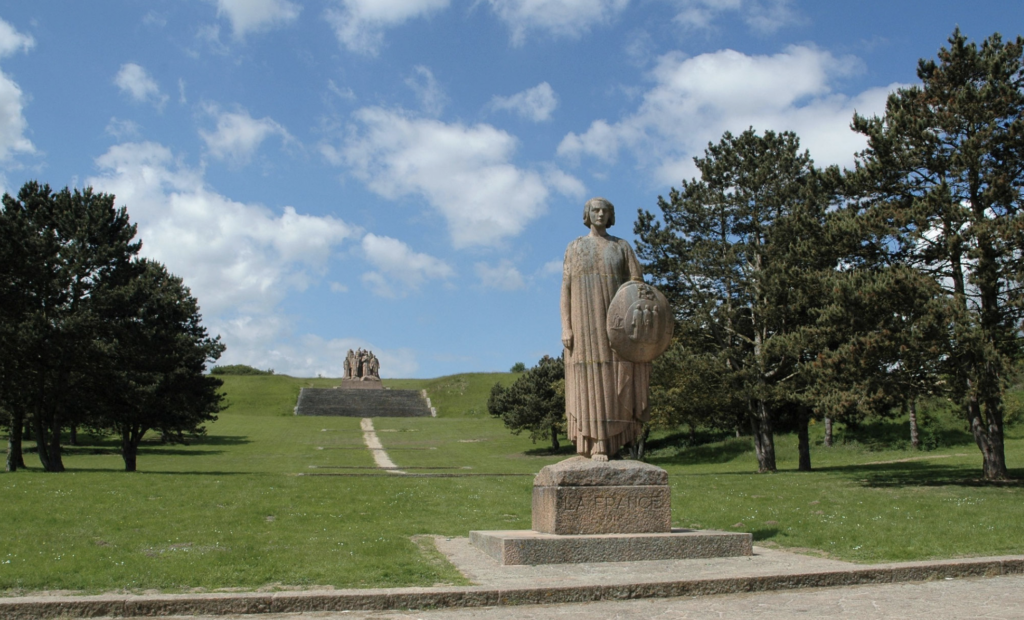
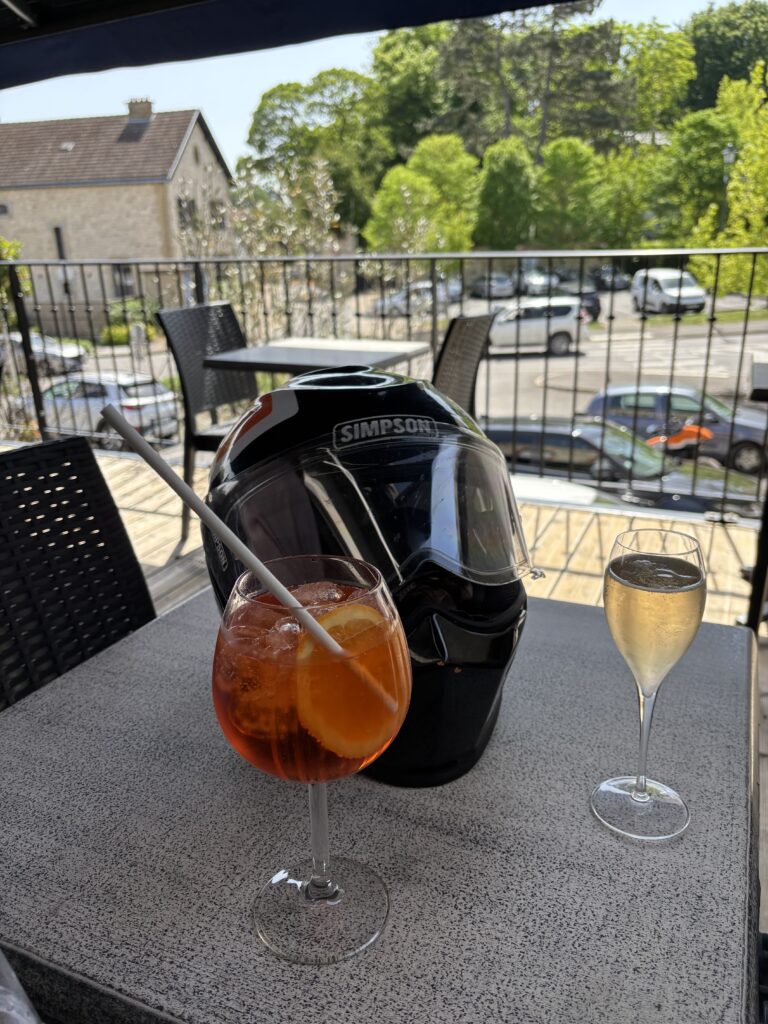
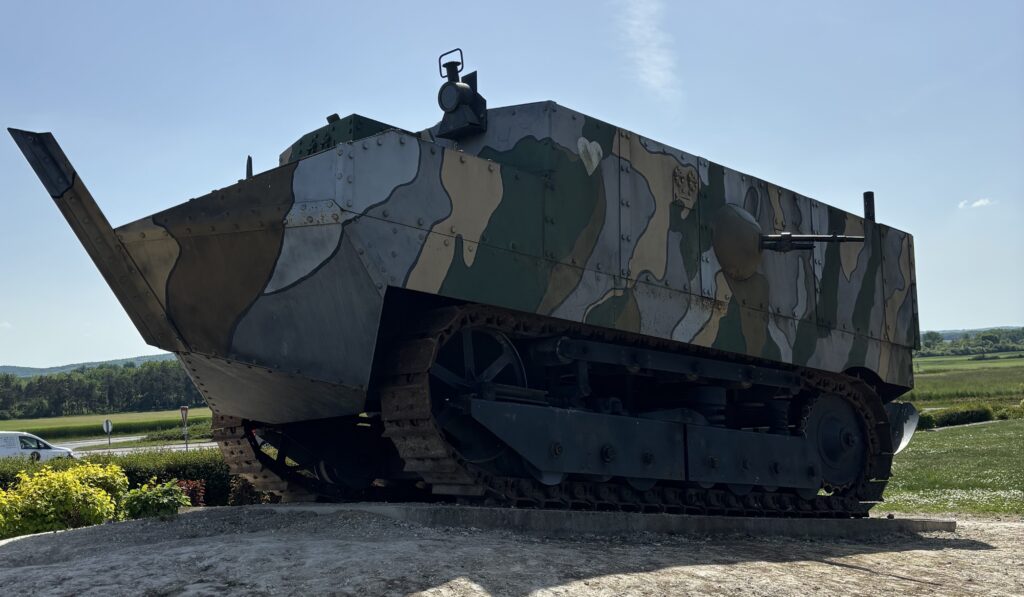

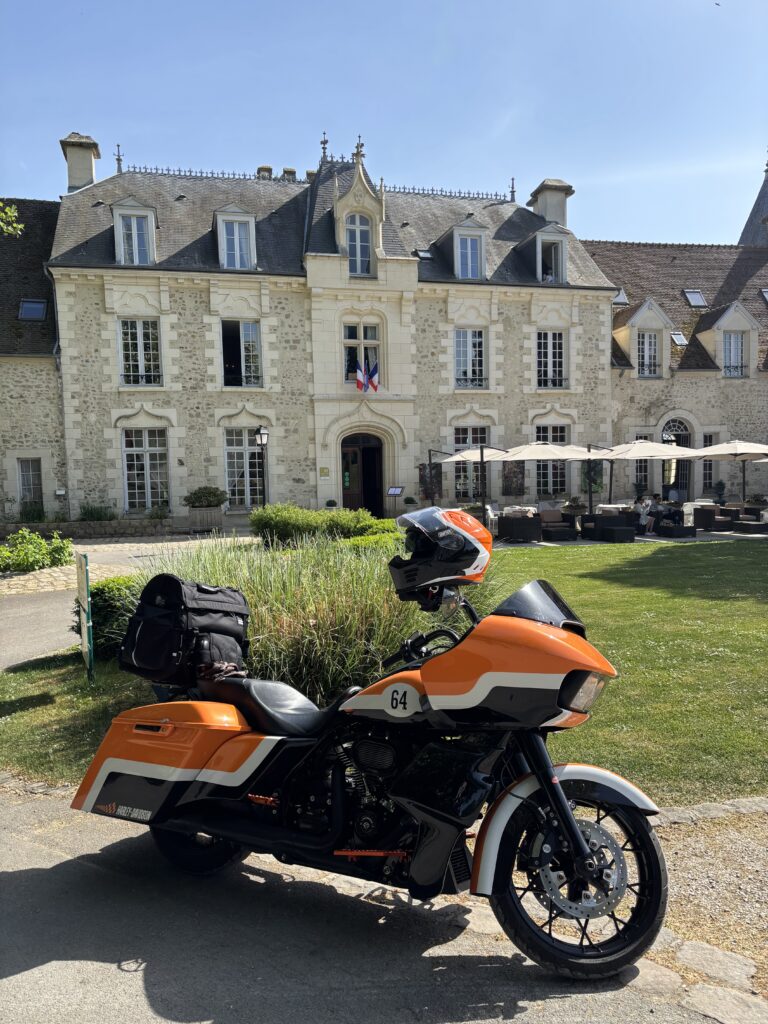
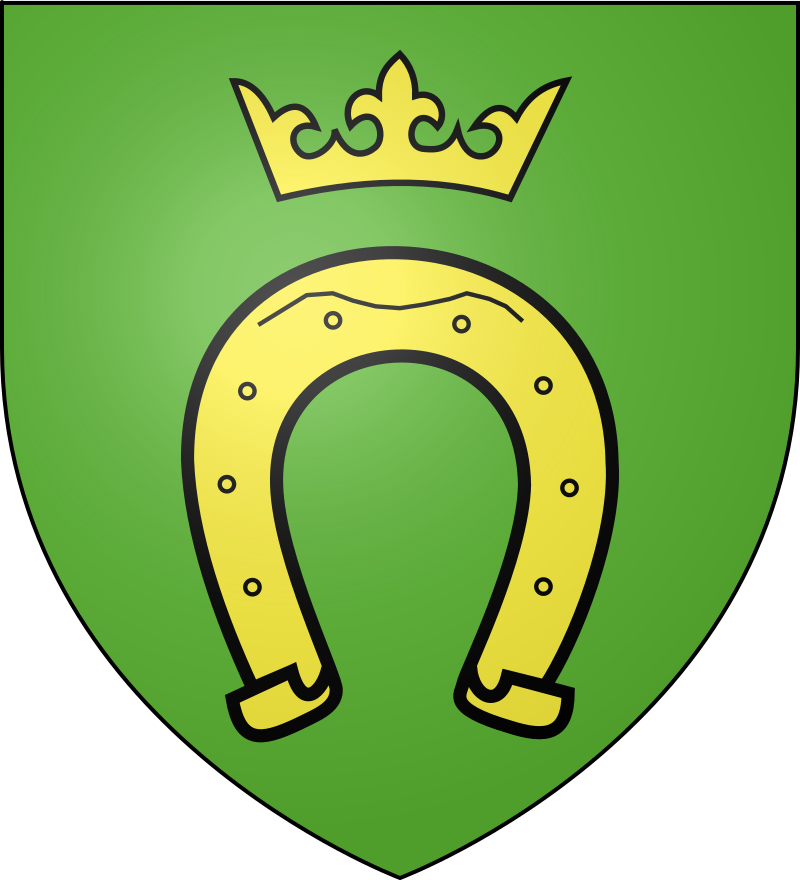
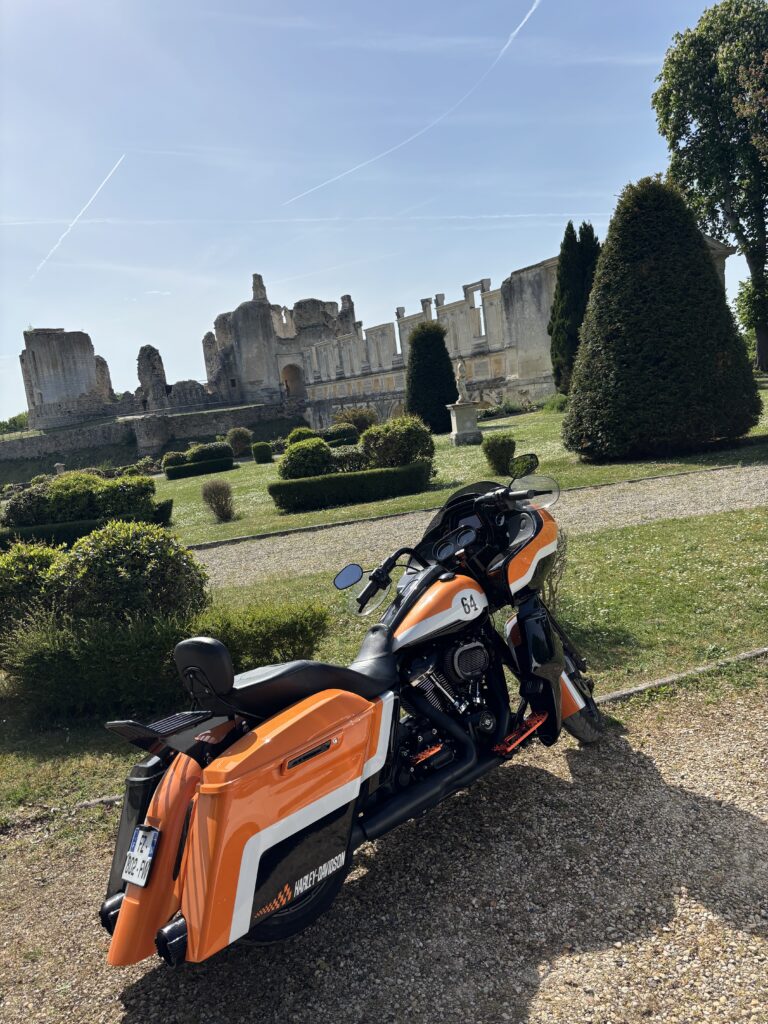

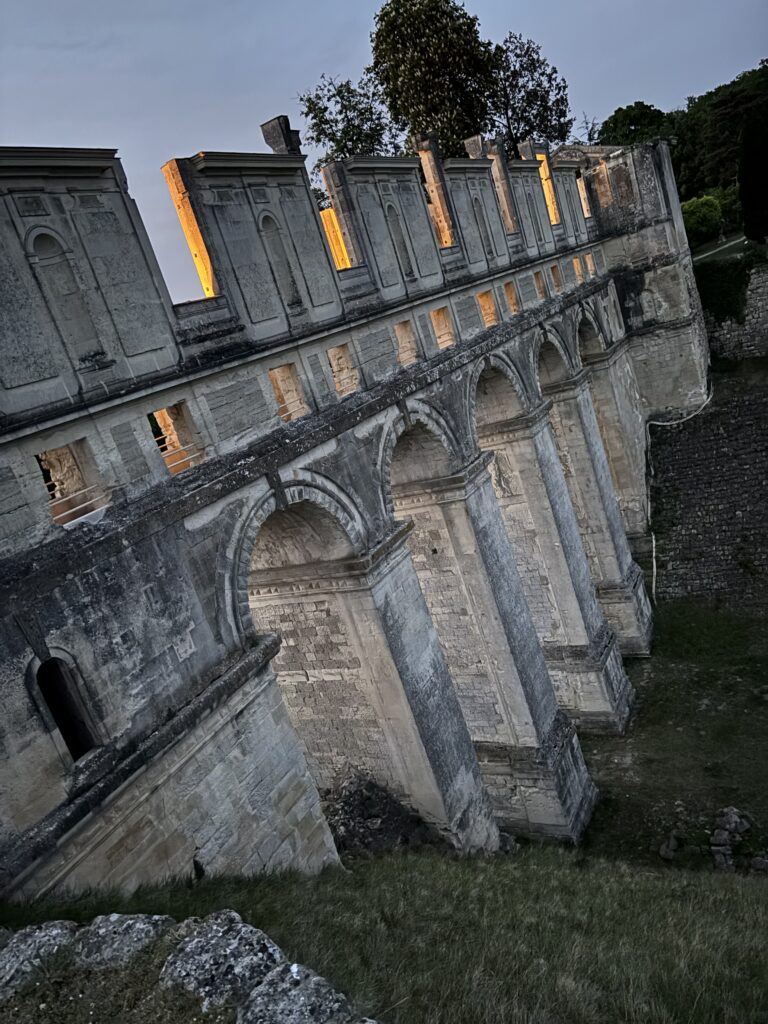
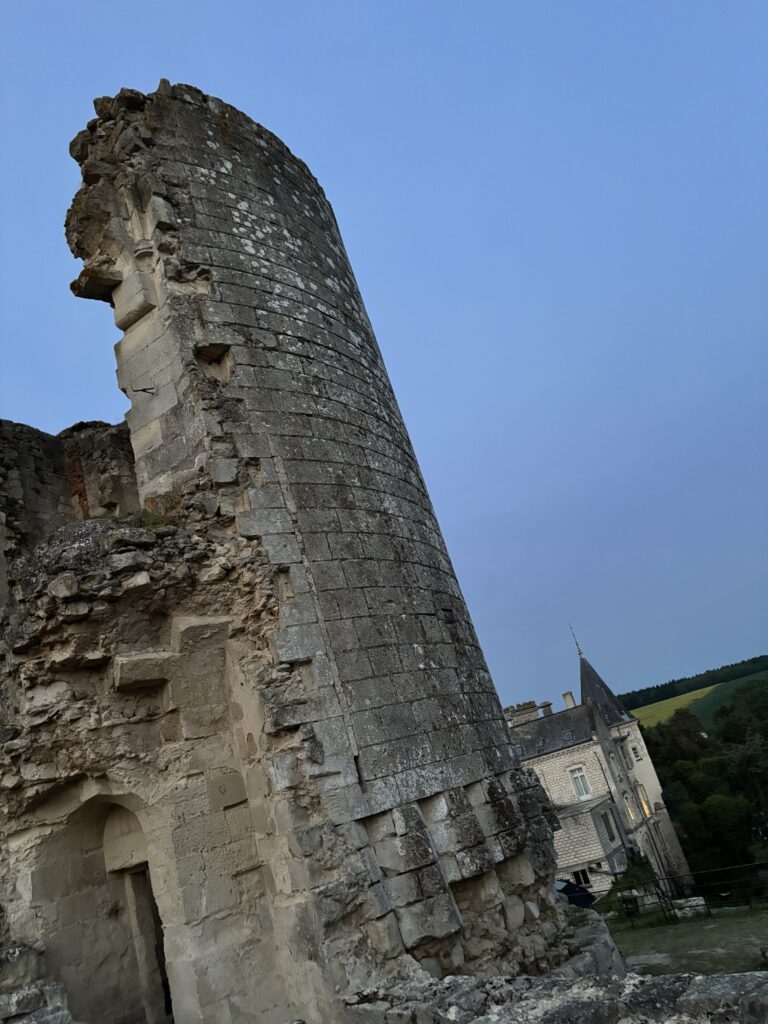


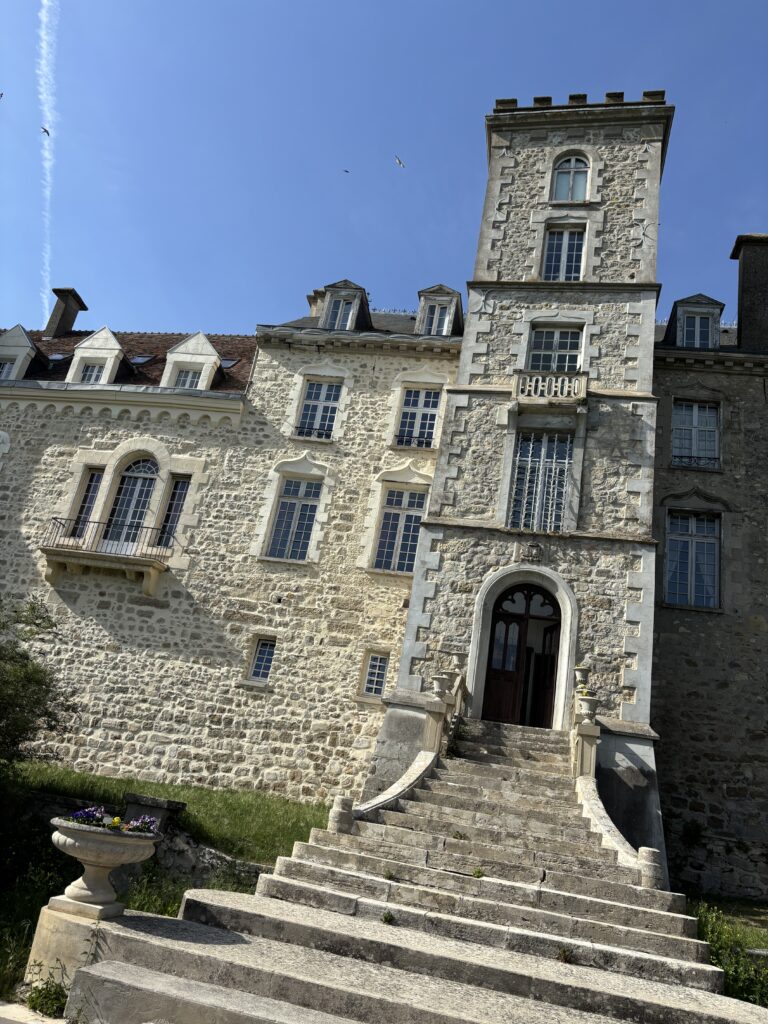

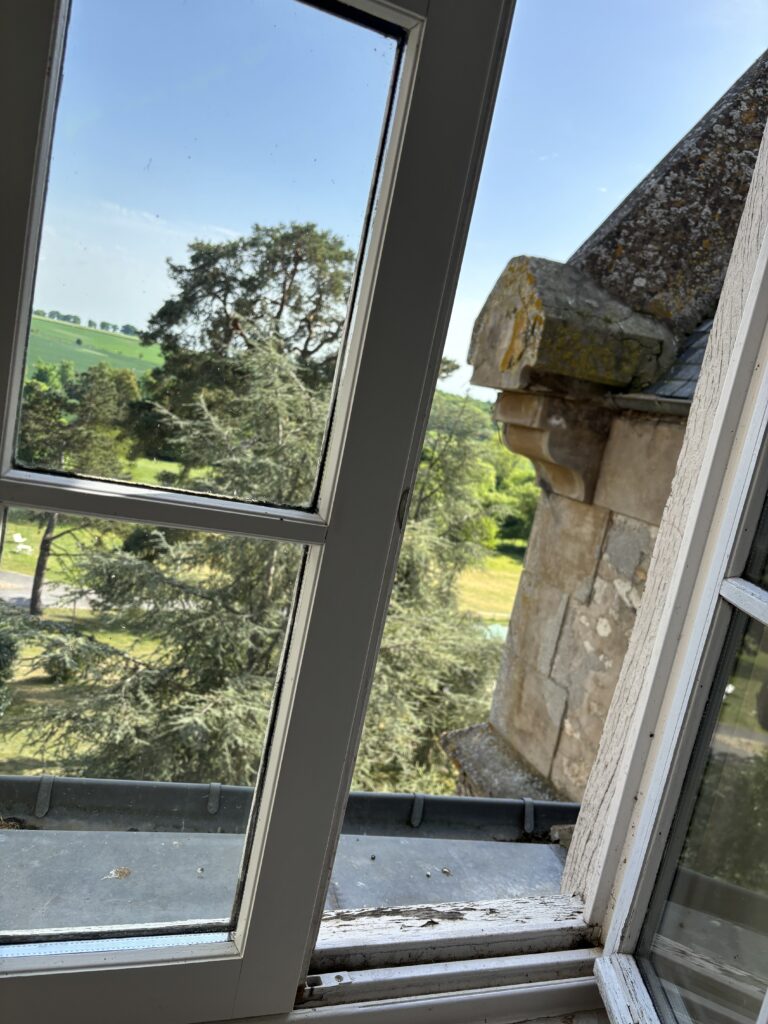

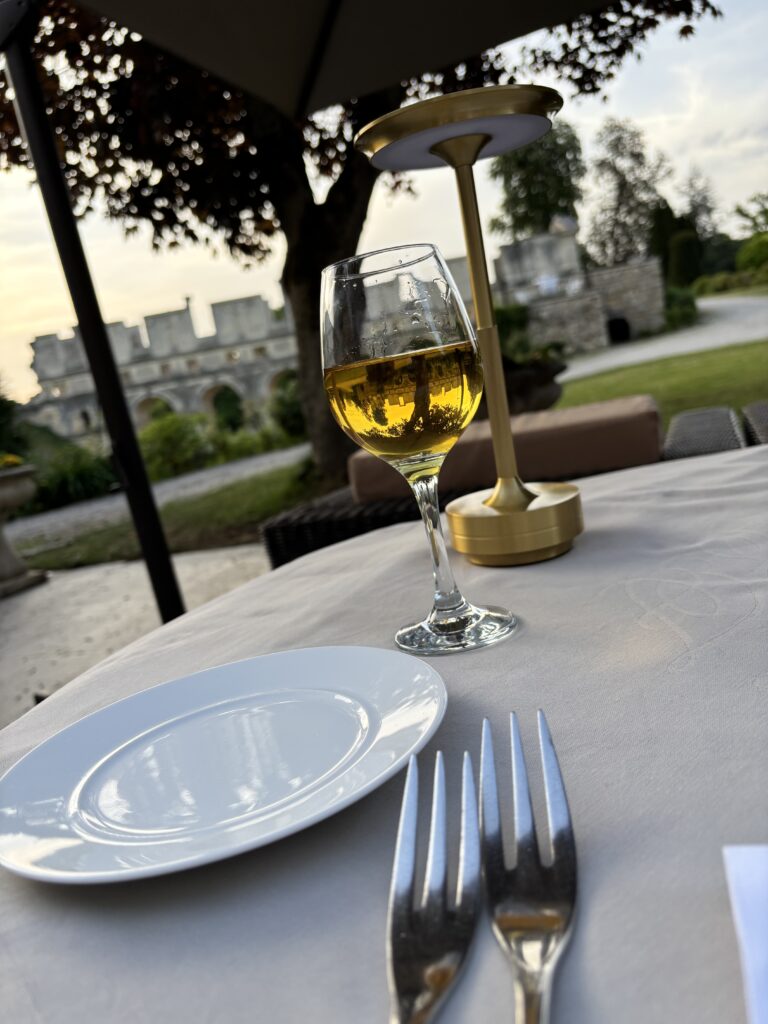

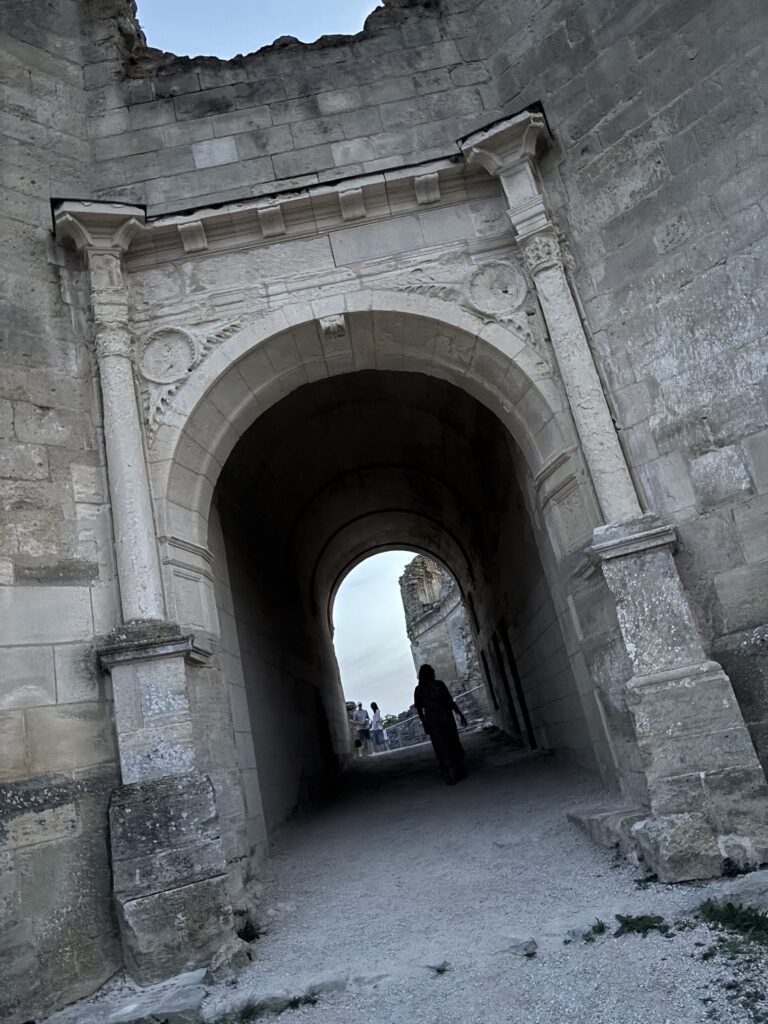

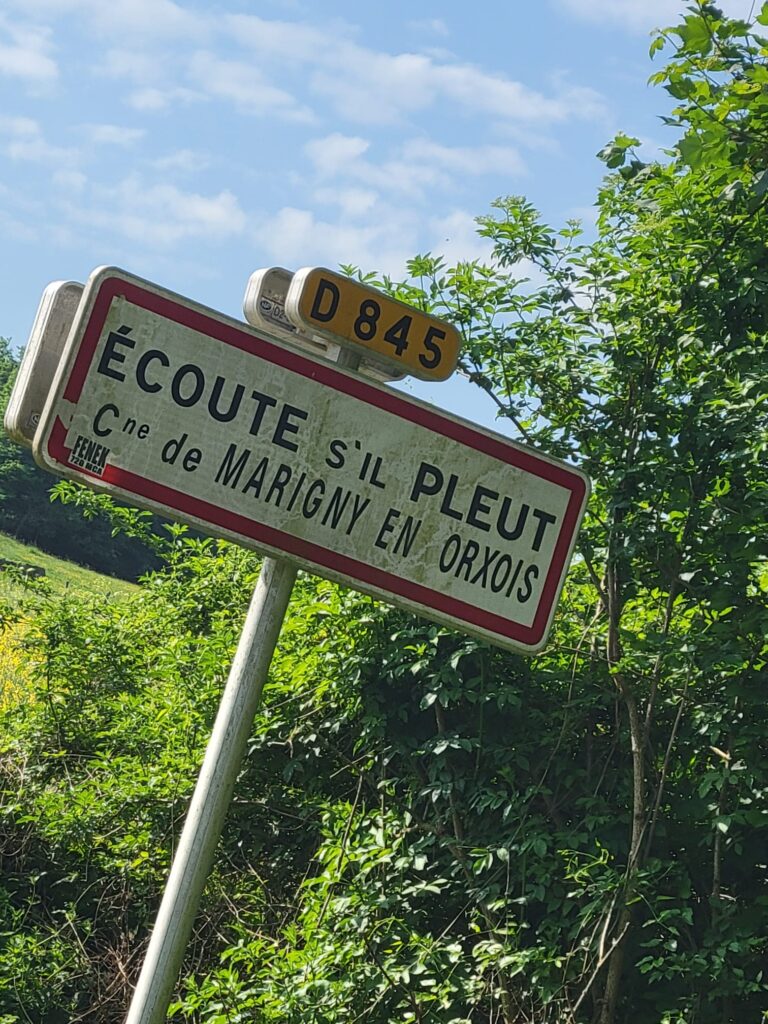
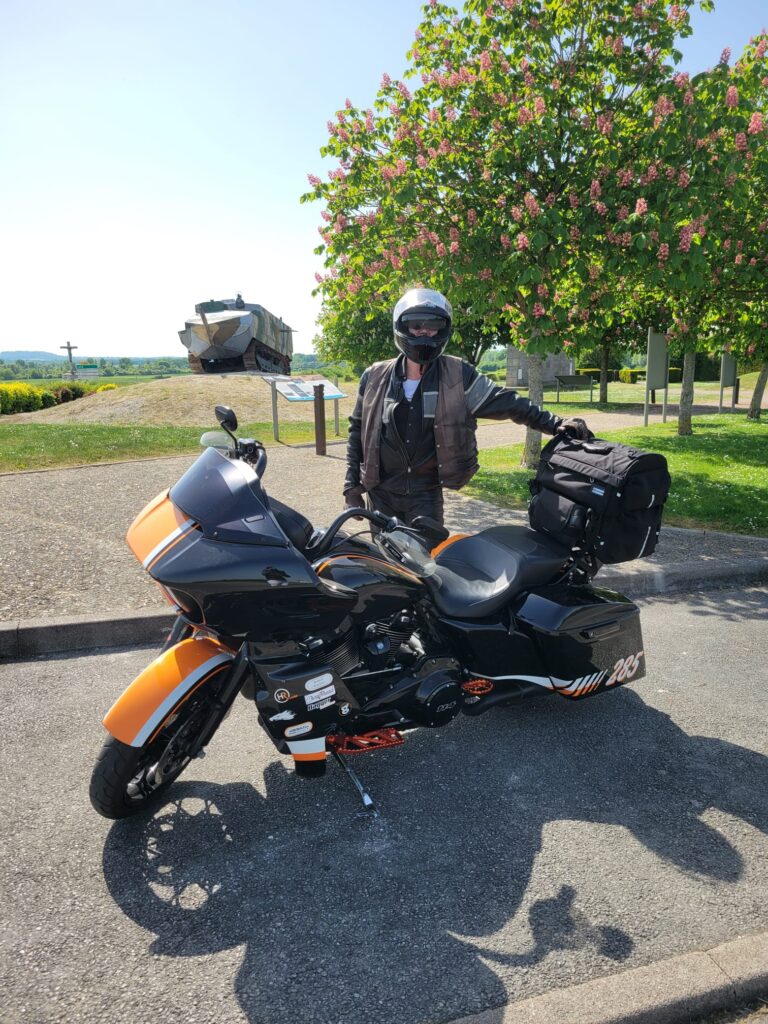

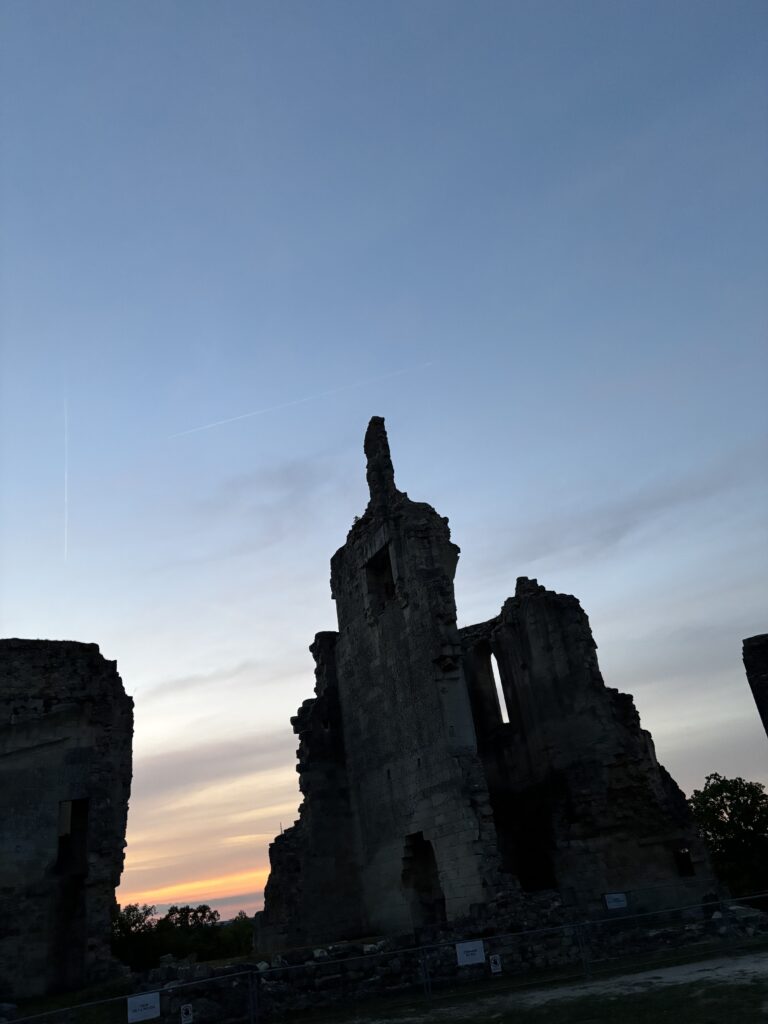
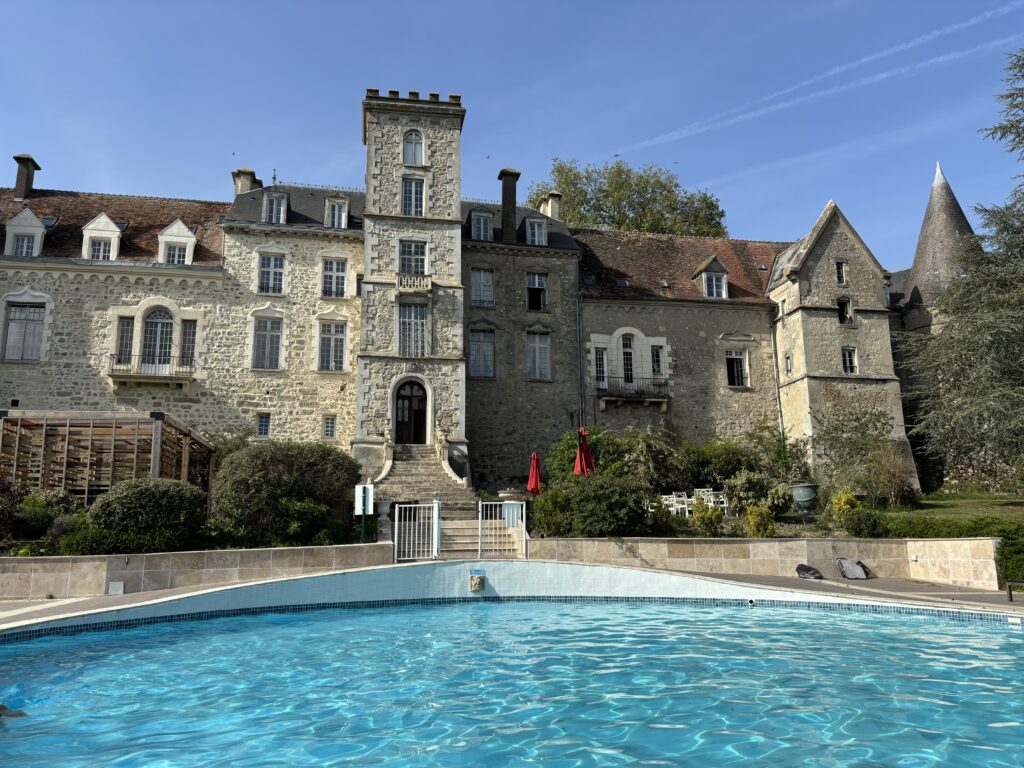
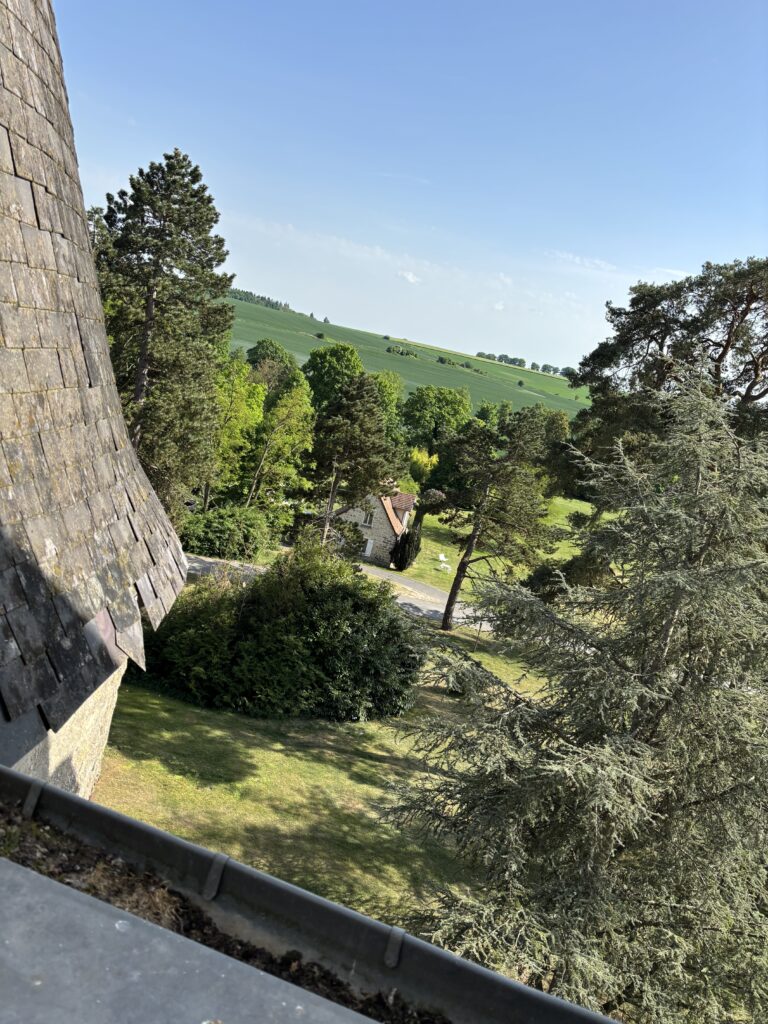
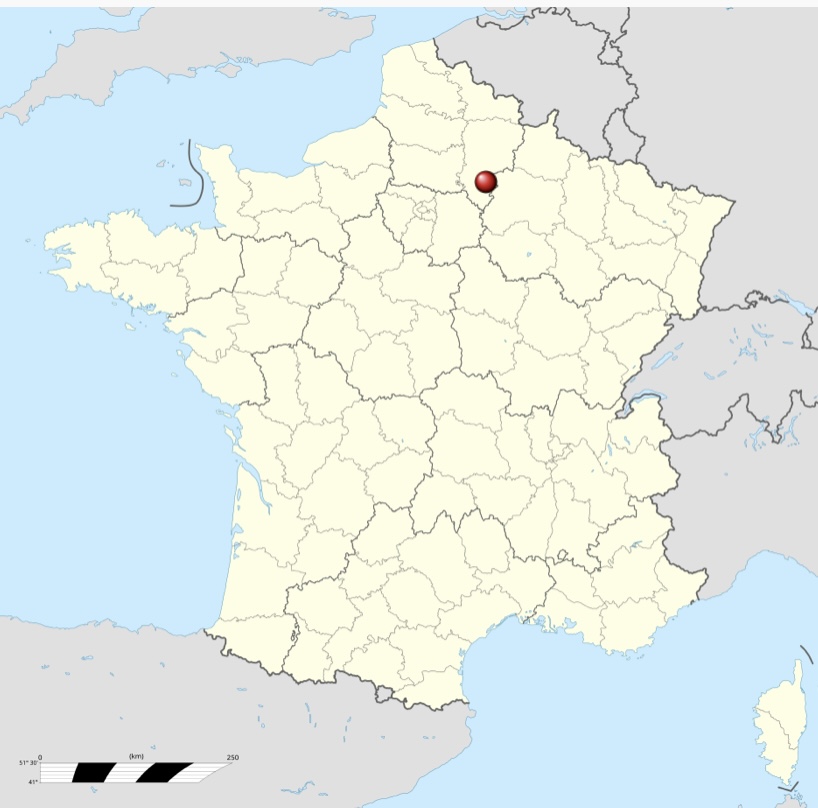
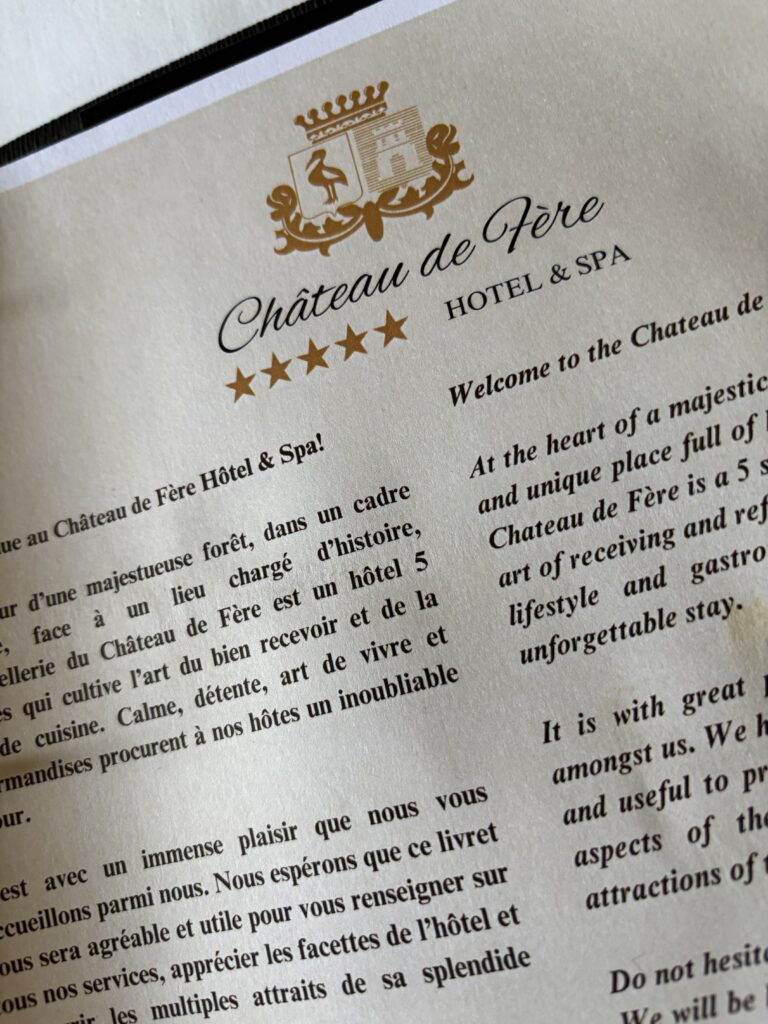




More Stories
RIDE TO LEONARDO DA VINCI’S CASTLE
RIDE TO BOOZ
RIDE TO THE VILLAGE CALLED HEDGEHOG